CSUN Unveils Collaborative Research Building Lilac Hall
California State University, Northridge recently officially opened the doors to the university’s latest building, the newly minted Lilac Hall, which is dedicated to multidisciplinary research. Faculty and staff welcomed guests for a grand opening ceremony on Dec. 10 at the 10,000-square-foot building on Plummer Street/North Campus Drive that will serve as a collaborative research hub.
CSUN President Dianne F. Harrison greeted deans, professors, students and other members of the community to Lilac Hall, which opened for research in August. Guests explored the space and learned more about the noteworthy work already underway including augmented-reality projects as well as a lab that uses ultrafast lasers to study nanoparticles.
“Having this space dedicated to research is remarkable,” Harrison said. “Lilac Hall is not just a building. It is a concrete reflection of CSUN’s commitment to research. Lilac Hall is already positively impacting students and will continue to do so for years to come.”
The university broke ground on Lilac Hall in February 2017. Researchers in various fields have moved in over the past few months, launching research in the field of materials science (the research and discovery of new materials), as well as health disparities analysis spearheaded by the undergraduate biomedical research training program BUILD PODER (Building Infrastructure to Diversity Promoting Opportunities for Diversity in Education and Research). BUILD PODER is funded by a five-year, $22 million grant from the National Institutes of Health (NIH).
Professor Aziz Boulesbaa heads the work in materials science conducted in the laser lab, which opened in November. The lab uses femtosecond lasers (lasers with pulses lasting one femtosecond, or one millionth-billionth of a second) to study the flow of energy and electric charges in nanomaterials. The overarching goal is to design more efficient solar energy devices and nanomaterial-based photothermal therapies for cancer treatment.
Most of the equipment used in the lab was designed and built by Boulesbaa himself.
“What you see here is my vision. You can’t find this on the market,” Boulesbaa said. He joked, “I bought all these parts on eBay!”
The research on advancements in health equity is led by four principal investigators: psychology professors Carrie Saetermoe, Gabriela Chavira and Maggie Shiffrar; and Crist Khachikian, associate vice president of Research and Graduate Studies.
Thomas Chan, one of the four professors in the BUILD PODER health equity cluster, and his students are researching the ways augmented reality can improve the cognition and mental health in aging adults. Augmented reality involves adding computer-generated perceptual information such as images or sounds to real-world environments.
Other professors in Lilac Hall are studying health disparities faced by African American mothers; environmental and social factors affecting obesity in Latinos; and “cultural mismatch,” a feeling students from group-oriented cultures, such as the Latina/o culture, can have when they adjusting to a culture focused on the individual — such as American college campuses.
For more information on the four BUILD PODER health equity professors and their research, please click here.
Ultimately, the new building will house BUILD PODER’s new center dedicated to community-academic research partnerships. Its overall mission is to improve the health of the Los Angeles region by studying and solving health disparities based on socioeconomic status, race, ethnicity, gender or age within the community.
Saetermoe said BUILD PODER understands the importance of the opportunity of working in the university’s new research-focused building.
“NIH officials have been extremely impressed by the support our university has provided to build this space, to institutionalize cluster hire opportunities, and to be bold and innovative about the future of research on our campus,” Saetermoe said. “They are astounded at our commitment to really jumpstart research on this campus.”

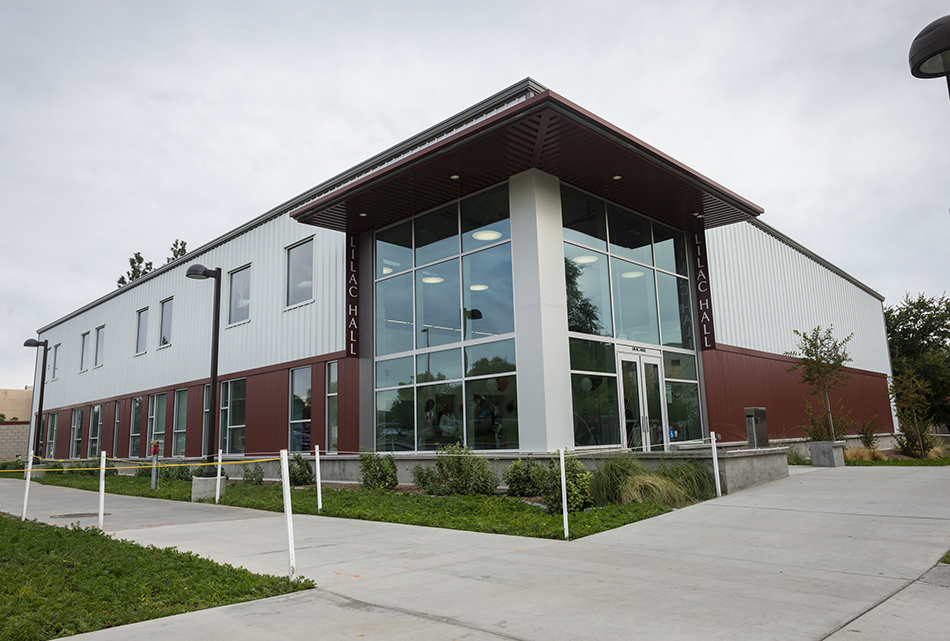

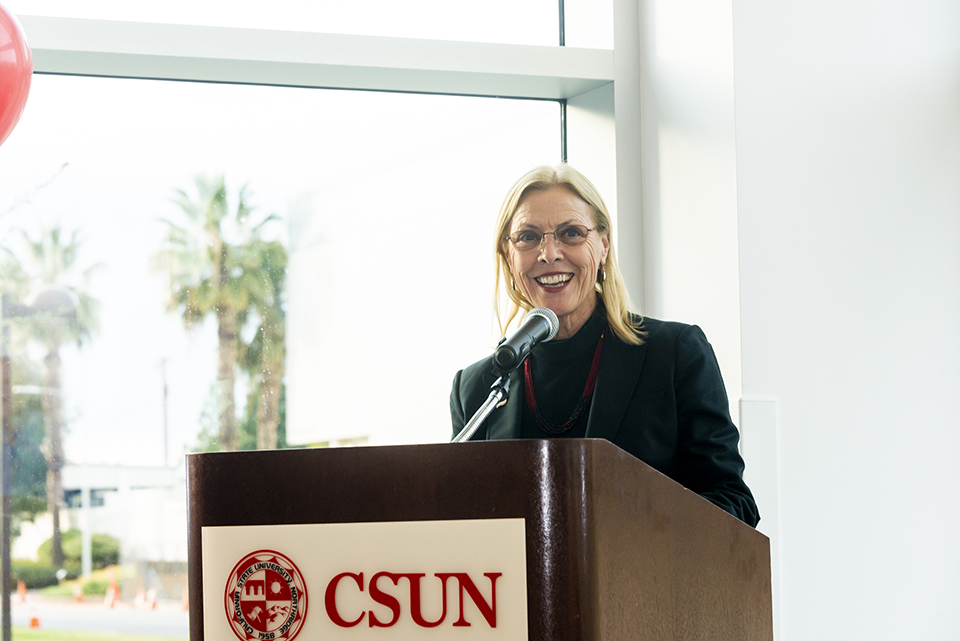
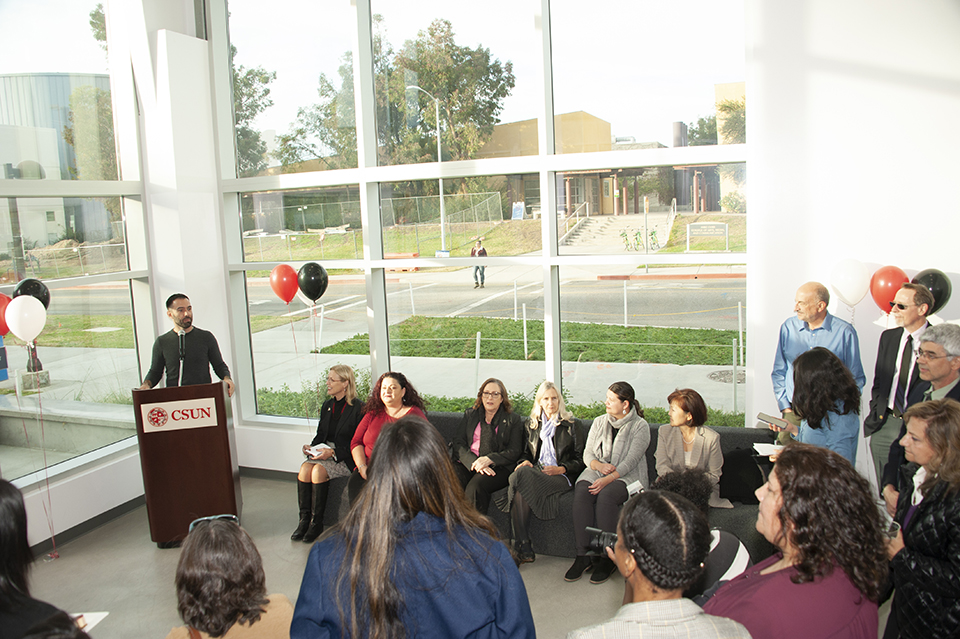
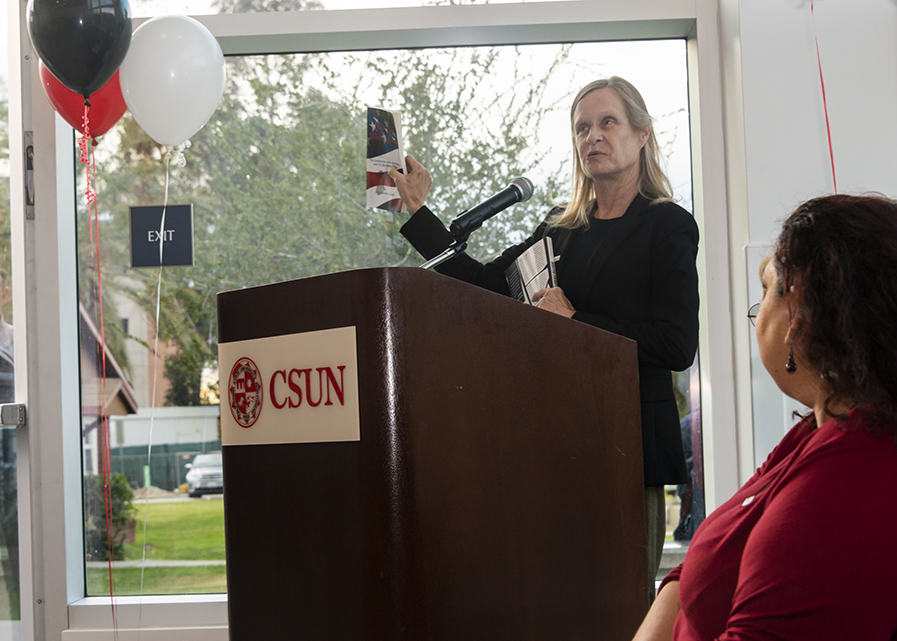
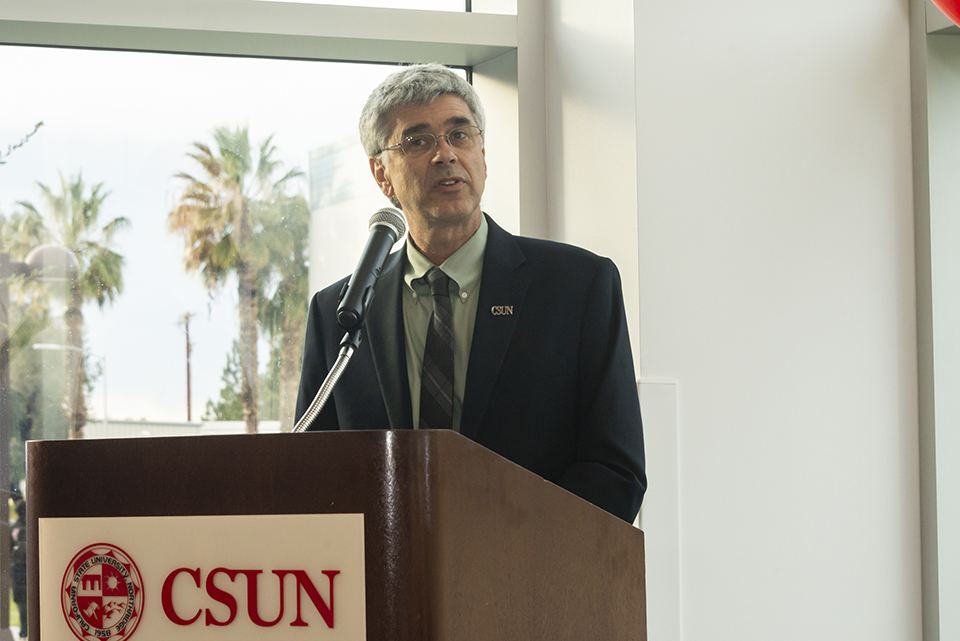
 experience
experience